What is Quantum Mechanics all about?
At the turn of the twentieth century, scientists began to realize that the subatomic [smaller than or occurring within an atom] world behaved radically different from our everyday experience. There are many things in our day-to-day life which we take for granted, one of the most obvious ones being that any object which we observe always has a definite position and can trace a certain path when it is in motion. For example, when you throw a pen up in the air, you can see it gradually going up and then back down to the ground. You’ll be perhaps surprised to know that no such thing can be said of subatomic particles. It was gradually concluded that subatomic particles don’t follow continuous and smooth paths throughout space like our everyday macroscopic objects do; rather, subatomic particles such as an electron can seemingly “go through” two different holes at the same time, and yet occupy a single specific position at a later time, almost as if it had briefly split into two entities and then recombined!
The story gets even weirder from there. An electron can be in multiple states of being at the same time; it can be in a state possessing energy 𝐸 while 1 simultaneously also being in a state of being possessing energy 𝐸 . Make no 2 mistake about what i’m trying to tell you: I'm not saying that the electron had energy 𝐸 and then, at a later time, acquired energy ; I'm saying it’s in both states 1 𝐸 2 of being at the same time! If you are confused by this then you’re in good company; such behavior is simply incomprehensible to us but we will see how physicists came to these conclusions despite these unthinkable consequences.
Because of its absurdness, many people even joke about learning quantum mechanics. I’ve seen Richard Feynman’s quote too many times: “I think I can safely say that nobody understands quantum mechanics”. Don’t worry, you didn’t just waste your money. Everyone who learns quantum mechanics is learning the behavoir of nature, or more specifically, what we know about the behavoir of nature. It’ll be clear to you while reading this book that the theory intuitively doesn’t make sense, and that was Feynman’s idea. But in my opinion, that’s what make the theory so exotic; Nature is behaving in a way that we can’t comprehend. This sentence is both exciting and dangerous. If quantum mechanics, which we know is true by the experiments done, opposes our intuition, what else might be analogous? If a definiteness, which should be an absolute fact, turned to be debatable, imagine what might be hidden…
It’s been observed countless times that the electron’s behavior depends on whether you’re looking at it or not [by “looking at it”, I really mean measuring it]. If you are not looking at it, then it tends to behave like a wave – an entity which is smeared out in space, capable of interfering with itself just like a water wave can, for example; but then when you suddenly look at it, it behaves like a particle occupying a single position in space. Take a moment to reflect on how weird this is: You – and indeed everything around you – are made of electrons and yet these tiny entities operate in ways that are completely incomprehensible to us. We’ll discuss precisely how this was all observed in the famous double-slit experiment. Reality, as it turns out, can be stranger than fiction! Indeed, even a science fiction writer would be hard-pressed to come up with such a bizarre world that we find ourselves in.
This radical departure from everyday life came as a shock to the physics community, but physics is an empirical science [Empirical is defined as: based on, concerned with, or verifiable by observation or experience rather than theory or pure logic], and as experimental evidence piled up in favor of the quantum picture of reality, we had no choice but to abandon classical physics in favor of this new strange view of nature. You may be asking yourself that if we can’t even attach the notion of a path or position to the electron, then what the hell is it anyway? It can’t be a wave since sometimes it can have a well-defined position – when we measure the electron we do indeed find that it occupies a particular point in space – but on the other hand, it can’t be a particle since a particle doesn’t exhibit the wave phenomena, and other strange behavior that we mentioned before, associated with the electron. The fact of the matter is, a subatomic particle like an electron has a dual nature to it: it behaves sometimes as a particle, other times as a wave, but in actuality, it is neither and we are naive in assuming that we can describe the electron as either a wave or a particle. Keep in mind, we are the ones who defined what is a wave and what is matter, is it really that surprising that the subatomic world didn’t directly conform to our definitions? As we will see later, a complete description of the electron can only be given by understanding the Schrodinger equation and the wave function that describes it.
You may dismiss this rather bizarre behavior of subatomic particles as being completely irrelevant to our everyday life. Why should you care about these weird quantum effects? Well, for one thing, it turns out we would all be dead without those weird quantum phenomena. Indeed, as we will explore later in this book, the reason the sun shines is really that subatomic particles are weird. If electrons behaved like classical particles do – by that I mean just like, say, billiard balls which do not exhibit the aforementioned strange behavior – then our sun would have been dead a long time ago, and even worse, all matter would have collapsed into itself. There would be no planets, no stars, and no life as we know it. It is perhaps quite ironic that we owe our very existence to the fact that our world is “strange” at the subatomic level. Of course, the word “strange” is relative. It is strange to us because we don’t experience such bizarre behavior in our everyday life but it is quite remarkable that a world such as ours could emerge from an underlying subatomic world that behaves completely differently from ours.
This is a sample from "An Elegant Description of the Quantum Universe".








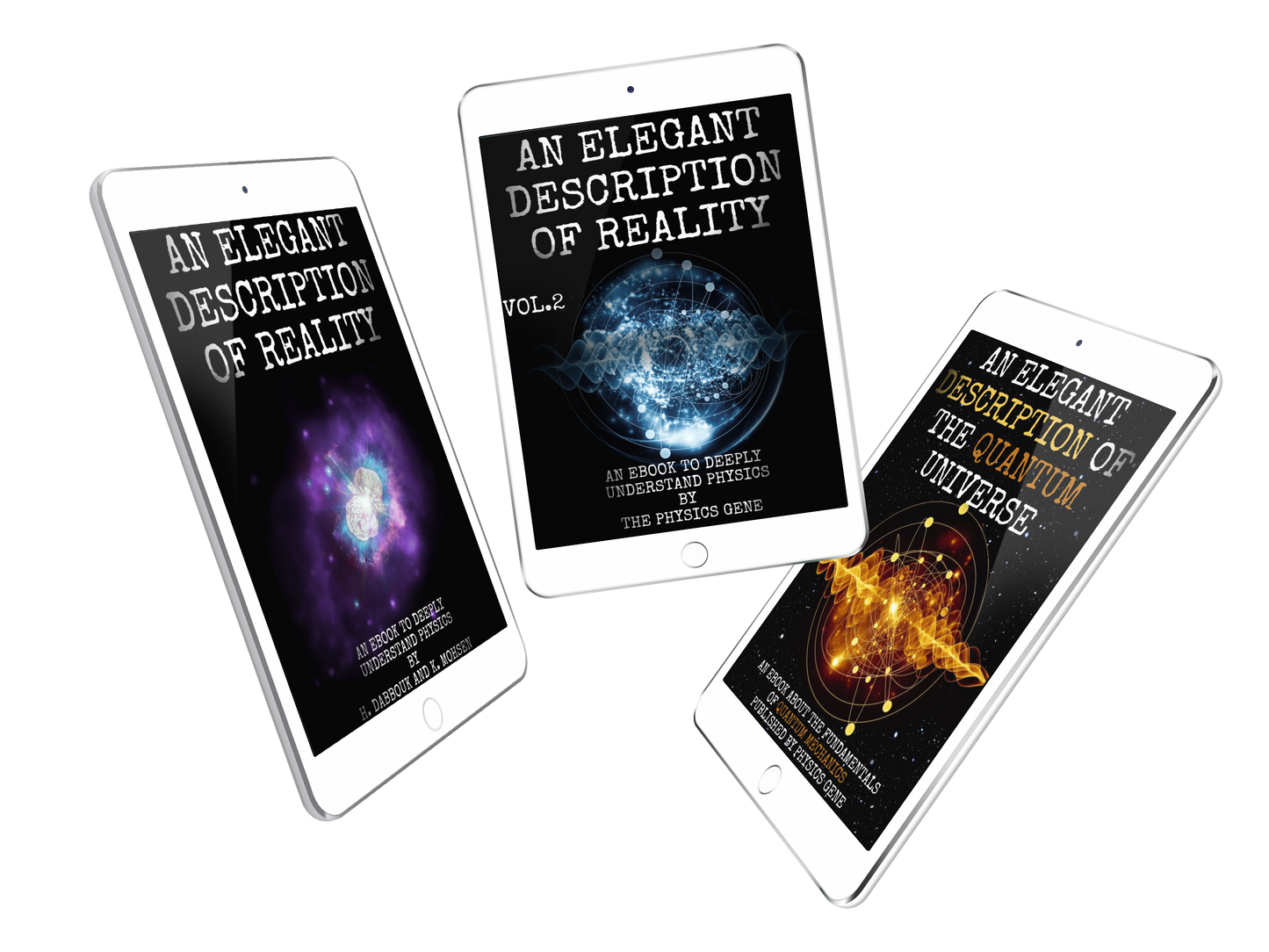
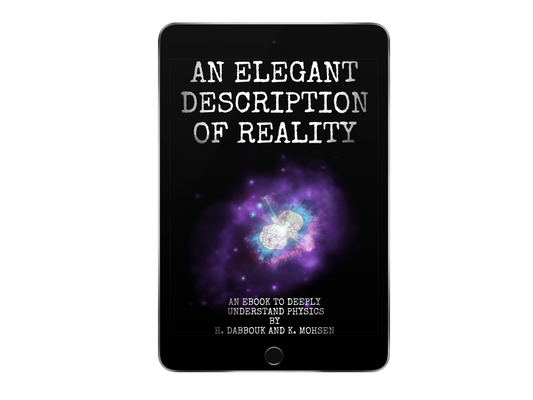
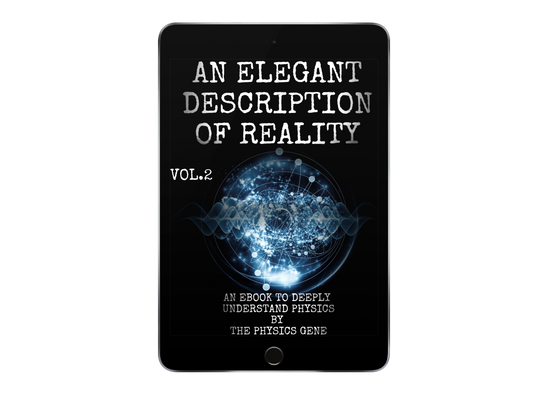
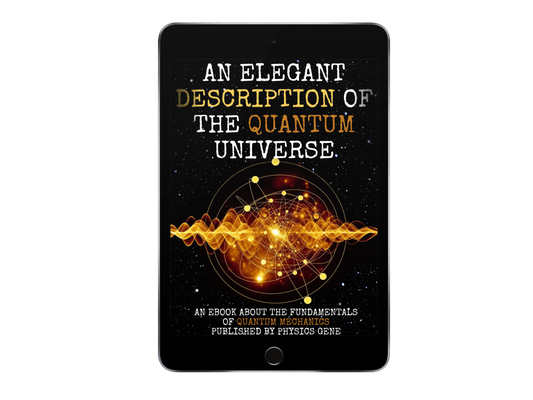
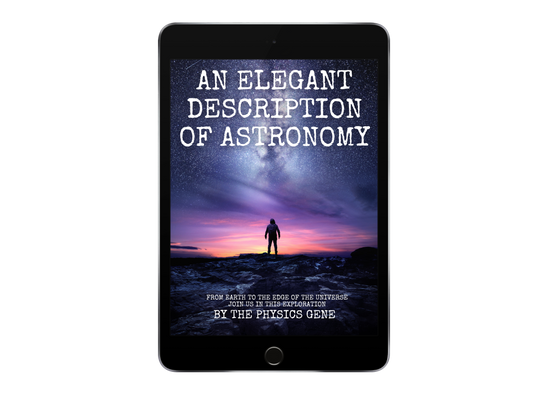
9 comments
Can you please release physical books , because many don’t prefer e-books , pls can you manufacture physical books so that many will purchase including me , your productivity will increase . Pls consider this as a request .
hi
I can’t log in or access my library! Please help!
Is there an audio option of any of your books available?
Would like to buy a physical copy of the e books since I am not a fan of buying e books <3